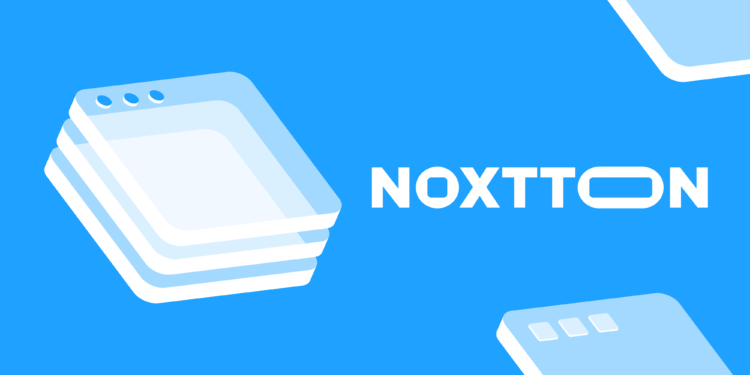Cloud analytics is a relatively new concept on the Georgian market, which has revolutionized big data and business intelligence. In this process, companies use remote public or private computing resources to streamline business intelligence and efficient business decision-making.
Tech Radar identified the most promising cloud analytics platforms for collecting and analyzing big data. We selected a few of them, which Noxtton recommends using during the development process.
Azure
Azure is a cloud computing platform, which provides information in real-time and does not require new IT infrastructure for data processing.
To extract basic information, developers use SQL queries, and Azure provides the possibility of adding other programming languages, including JavaScript and C#.
Additionally, Azure provides a wide range of hybrid connections, VPNs, CDNs. It uses SQL and NoSQL services for deeper insights into the data.
Moreover, Azure has AI features that help to develop and automate advanced processes. In our experience, Azure proved to be a flexible platform, which leverages existing tools.
What makes Azure different? First of all, this tool is globally available. It makes the mobility process more comfortable and is very reliable. It is scalable, meaning that Azure uses applications that run easily and does not require additional coding. It offers Blockchain as a Service, Bots, and AI features.
Azure supports business initiatives, improves the business decision-making process, and reduces management costs. Azure has the second-largest platform in public cloud computing, while AWS is the leader on the market with a 33% of market share.
It is noteworthy that AWS and Azure offer the same basic capabilities – both share flexible compute, networking, and affordable pricing. Additionally, their public cloud elements are similar, including autoscaling, security, compliance, and identity access management.
So, What is the difference?
Azure and AWS both support hybrid cloud, however, Azure does it better. This particular platform offers express routers while AWS has direct connection. There is a difference between the availability of zones as well – while Azure has 140, AWS provides only 61 availability zones.
It is true, AWS has a better DevOps support, deeper service offerings and stronger BL and analytics, however, Azure provides easy migrations, supports mixed Linux and Windows systems, and has a greater awareness of business needs.
Debezium
This transactional log-based Change Data Capture tool is an open source distributed platform. It uses a set of source connectors, which deploys into Kafka Connect.
Debezium provides a single model of all change events, it records the changes and allows to restart the application at any time. Consequently, this platform makes it easy to monitor all changes and proceed in the order which would minimally impact the database.
Debezium has an embedded connector engine, which allows running a connector directly within the software space. By using Apache Kafka, this platform can handle large volumes of data fast.
Why use Debezium? This platform reacts to every change of data, meaning that developers don’t have to change the tools that modify the data. Debezium offers a rich ecosystem of connectors, allowing zero-coding features. Additionally, it is fast and has a low-latency.
Honeycomb
Honeycomb is a tool created for debugging the live production software. It consumes event data from various sources and uses collaboration in the problem-solving process.
While most of the tools provide engineers with basic information about the development process, Honeycomb can deploy specific and detailed information. By using the deep level of analyzes, this platform can tell what is happening in a given moment and why,
What are the benefits of Honeycomb? First of all, this tool is environmentally agnostic, meaning that it runs without changing the codes and uses self-contained units. Secondly, it is fast, and the cost of initial instrumentation is low. Thirdly, it supports various environments, including JavaScript, Akami CDN, and Google App Engine. Finally, using Honeycomb makes the debugging process easier and improves app performance.














